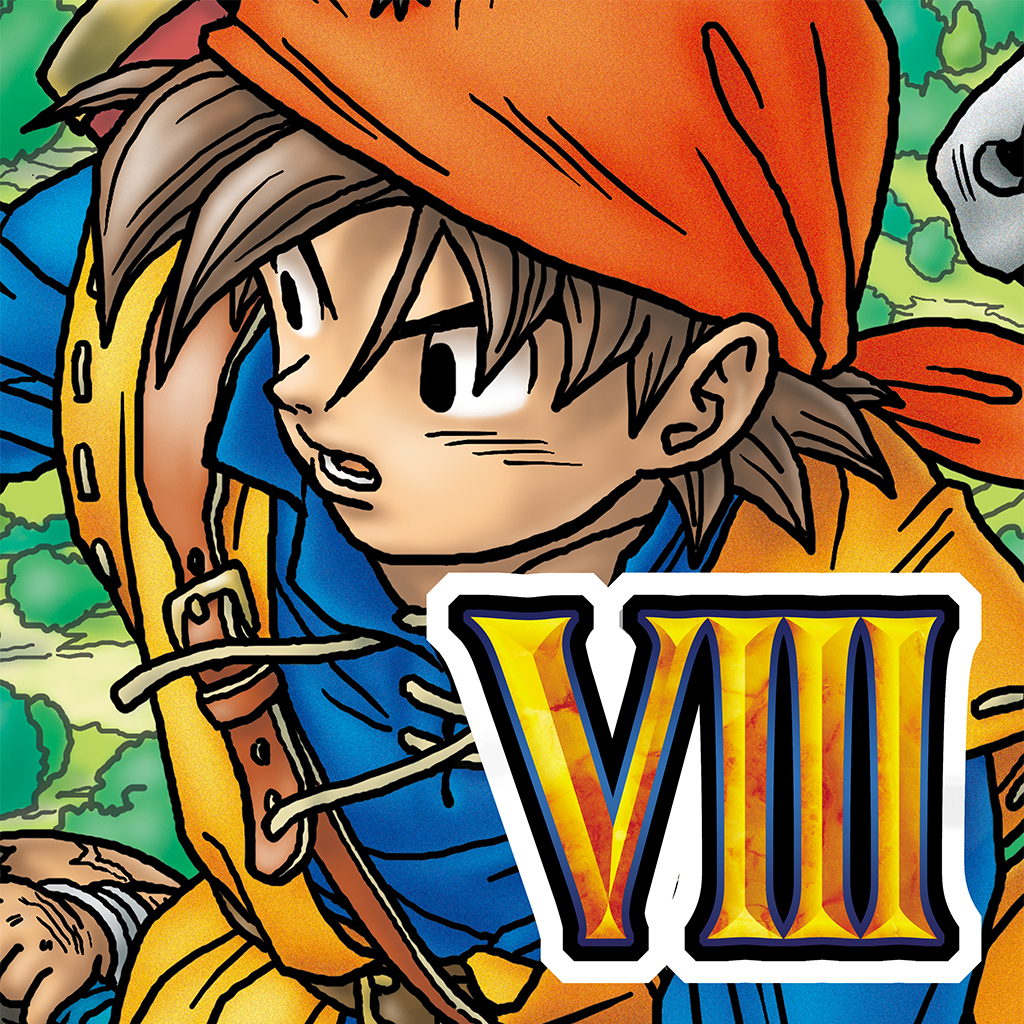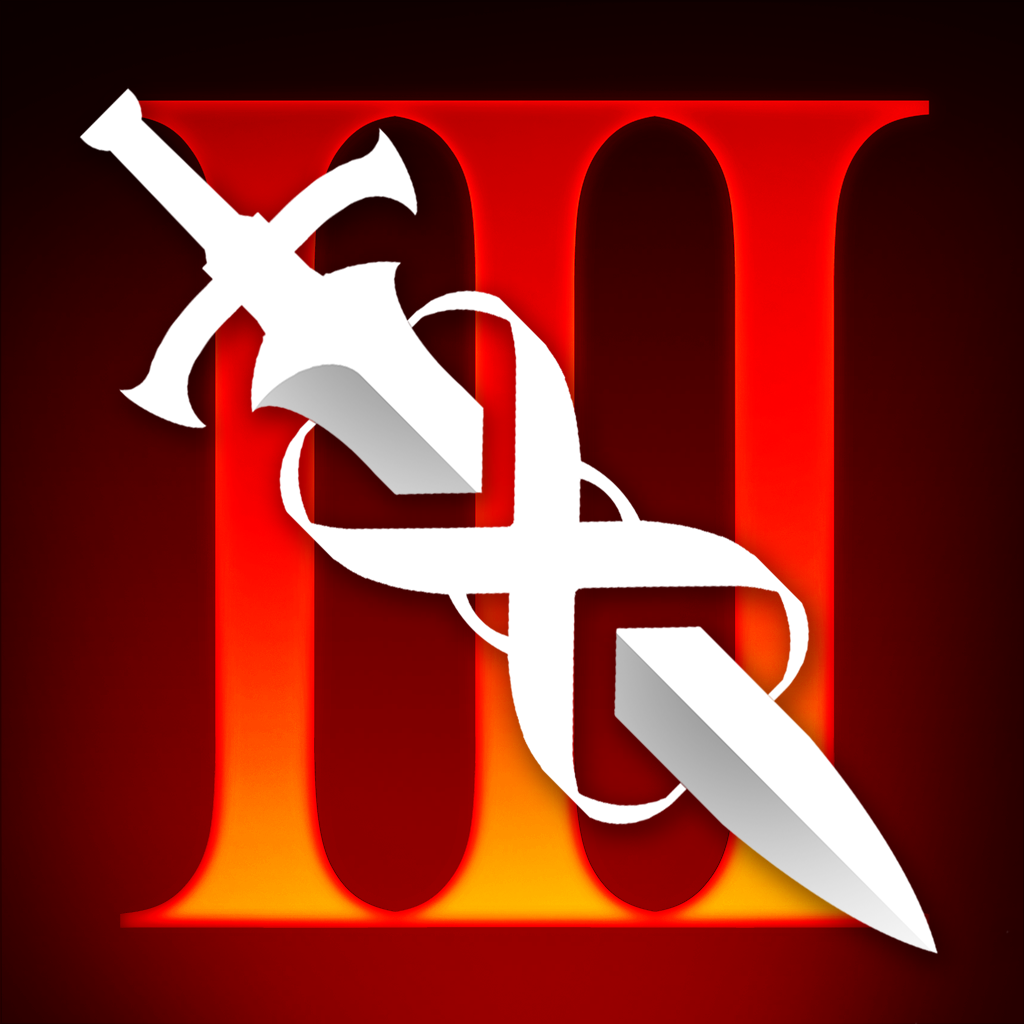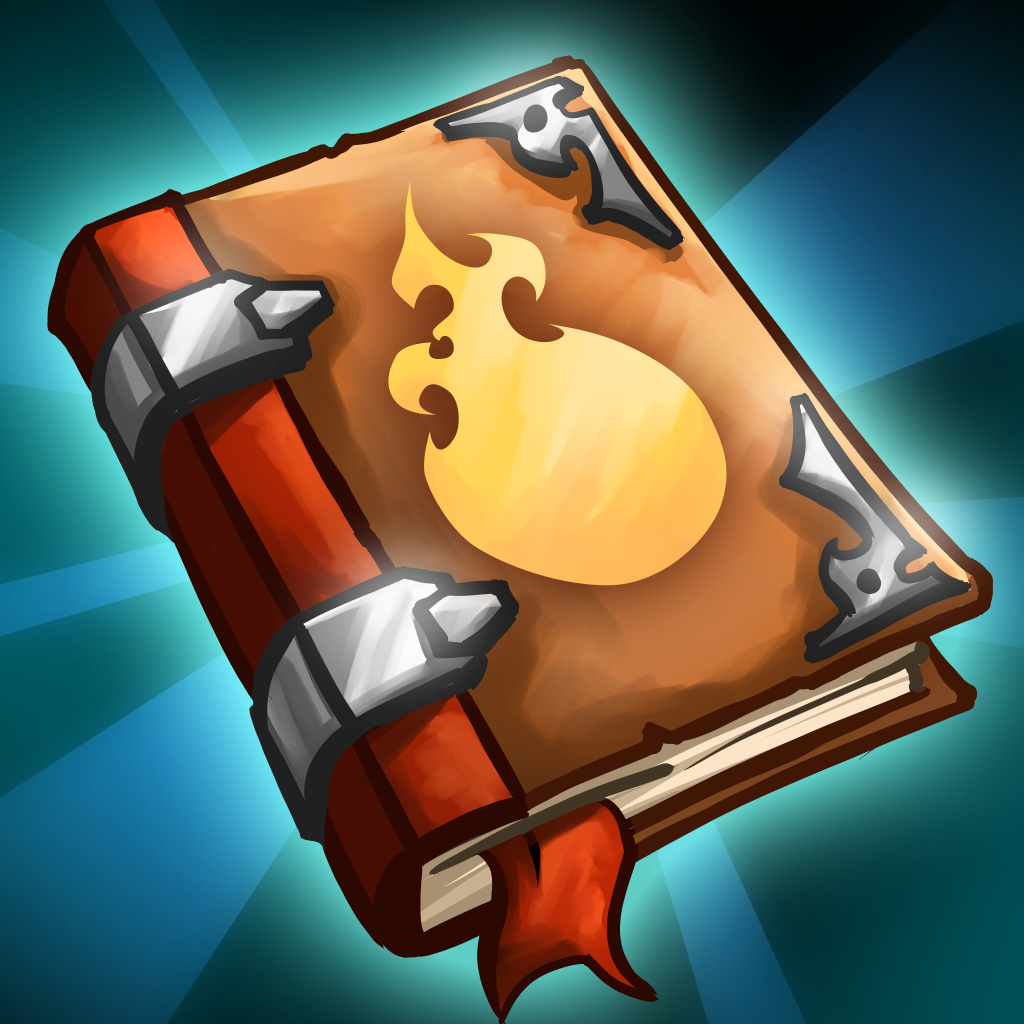

Dragon Quest VIII Is Now On iOS, But Is It Worth The High Price Tag?

DRAGON QUEST VIII ($19.99) by SQUARE ENIX INC is the official mobile port of the classic game that originally came out in 2006 on the PlayStation 2. In a world where most games just cost a few bucks (if it isn’t free), is DQVIII worth the Jackson? Let’s find out.
While I enjoy Square Enix games for the most part, I actually am pretty new to the Dragon Quest franchise, so I was pretty excited to hear that DQVIII is now available on iOS, though I was a bit shocked with the price. Not even the Final Fantasy titles reached $20 before — they were close, but not quite that high. I still managed to get my hands on a copy to see if it is worth the price, so let’s dive in.
The visuals in DQVIII are the same as the original game, but with a slight boost, thanks to the Unity game engine. However, if you’re used to graphically intense games like Infinity Blade III or even Battleheart Legacy, then the visuals in DQVIII may seem a bit dated to your eyes. This is a port of a PS2 game, and it definitely looks like it on your iOS device. DQVIII use cel-shading textures for the characters and the scenery, which is definitely different from what we’re used to in most of today’s modern games. Still, the characters look good, with the environments being quite bright and lush with detail.

The animation in the game is mostly smooth, but I did feel that it was a bit “choppy” in parts, and the angle of the camera does get in the way quite a bit. However, I remember that when I played my PS2 games, I did get annoyed with how the camera angles worked most of the time, so this isn’t just an issue with DQVIII, but it seems to be amplified with mobile devices. And the transition from running around the world map to random encounters was a bit slow, which also bothered me.
The soundtrack, though, is pretty good, and it really helps grab and pull you into the world of The Cursed King. Sound effects are also done well.
The story for DQVIII: The Cursed King follows the formula for most JRPGs: there’s an ancient scepter that holds incredible power, and it has fallen into the wrong hands. With this scepter, the court jester of Trodain, Dhoulmagus, has turned King Trode into a troll, and Princess Medea into a horse, while the rest of the castle inhabitants are now plants. The only one who isn’t affected, somehow, is the game’s protagonist, an unnamed guard of Trodain, and now he must set off on an epic journey to save his kingdom. I’m sure if you played the game before you already knew all of this, but this is a general outline of the plot for newbies such as myself.
The controls for DQVIII have been completely redone to be friendly for touch screen devices. In fact, you can even play the game with one hand now, if you really want to. The game itself is in portrait mode, though, with no option to turn it into landscape, which I found annoying. You will move your character around with the digital joystick that is in the center near the bottom of the screen. You could change the angle of the camera by swiping horizontally above or below the joystick area. You can toggle auto-run with the button off to the side, which makes it easy to traverse the world map, but not necessarily when in town. You can also change the placement of the auto-run button by tapping the button above it. You can interact with other characters and elements in the environment by tapping on them when they display a “!” on them and you are within range.
It works okay, for the most part, but I found it not optimal for me. Sometimes, due to the camera angle, I wouldn’t be able to see my character because my fingers got in the way. And when changing the camera angle, it felt a bit laggy, which I found to be a little annoying. I understand interacting with the setting by tapping on the item, but when it comes to entering through doors and the like, I wish that it would do it automatically every time — sometimes it seems to work, but I end up having to tap the door most of the time to get out of a building.
Battles will happen randomly on the world map, as it does in most JRPGs, unless it’s a destined boss battle. The battle system is the traditional turn-based method, and you are able to select the action for each member of your party (such as attack, defend, or use an item), as well as the target. To make things easier, the game will remember your last actions, so you can use the “Execute these orders” button right away if you plan to do the same thing again. Otherwise, you can tap on the bar for each member to change the action for this turn.
DQVIII uses the “Tension” system, where you can have your character perform the “Psyche Up” action. Doing this will raise the tension and give your next attack some extra “oomph” to it. If you get enough tension, you will reach a state of super-high tension, and your attacks can be incredibly powerful.

When you successfully complete a battle, you will earn some experience points and gold. However, for those who are not aware, Dragon Quest is one of the most grind-y JRPGs there is, so expect to do a lot of random battles to earn the experience you need to level up in order to advance in the story without dying. The beginning of the game, which is where I still am, is incredibly slow, and the fact that the game itself is so dependent on grinding for levels does not help.
You are able to buy weapons and items from the shops in town, and you can also rest in an inn to regain your team’s health and get rid of any status ailments. Going to the church is important, as it’s where you will want to go to save your game. You can also do a quick save from the world map, but keep in mind that this is not permanent, and you’ll lose your progress if you load up from it and don’t do an actual save in the church.
The in-game menu has several different options, such as equipping your party members with gear and even consulting your team on where you’re supposed to go or what you need to do, which is nice if you forget.
Personally, I’m not sure I’m a fan of Dragon Quest after giving this a try. I enjoy JRPGs in general, but this one is definitely too grindy for my tastes. However, while the controls can be a bit annoying at times, I applaud Square Enix for coming up with something that allows you to play an entire JRPG with one hand. The battle system is easy to understand as well, and since it’s not in real-time, you can take your time to make wise choices for battle.
I don’t understand why they didn’t include the voice acting, however. From the looks of it, the original game had great voice acting in it, but all of this was taken out of the mobile port (at least on iOS, not sure about Android). The game itself is already over 1GB in size, so I doubt that removing the voices would have really made a difference with file size.
The high price tag of Dragon Quest VIII is definitely hard to swallow. I only recommend this game if you are a fan of the Dragon Quest franchise, have been wanting to play it but never had a chance to before, or if you just enjoy lengthy, grindy JRPGs. However, if you are not a fan of grindy RPG games, then I don’t recommend shelling out a 20 for this.
You can get Dragon Quest VIII on the App Store as a universal download for $19.99.
Mentioned apps

















